You notice the new leaves of your Phalaenopsis orchid slowly emerging, but something seems off – they're smaller than the old ones! You immediately start worrying: Is this normal? Is it because I haven't been fertilizing enough, and it's lacking nutrients? Actually, it's not necessarily abnormal for new leaves to be smaller than the old ones, and it depends on the situation.
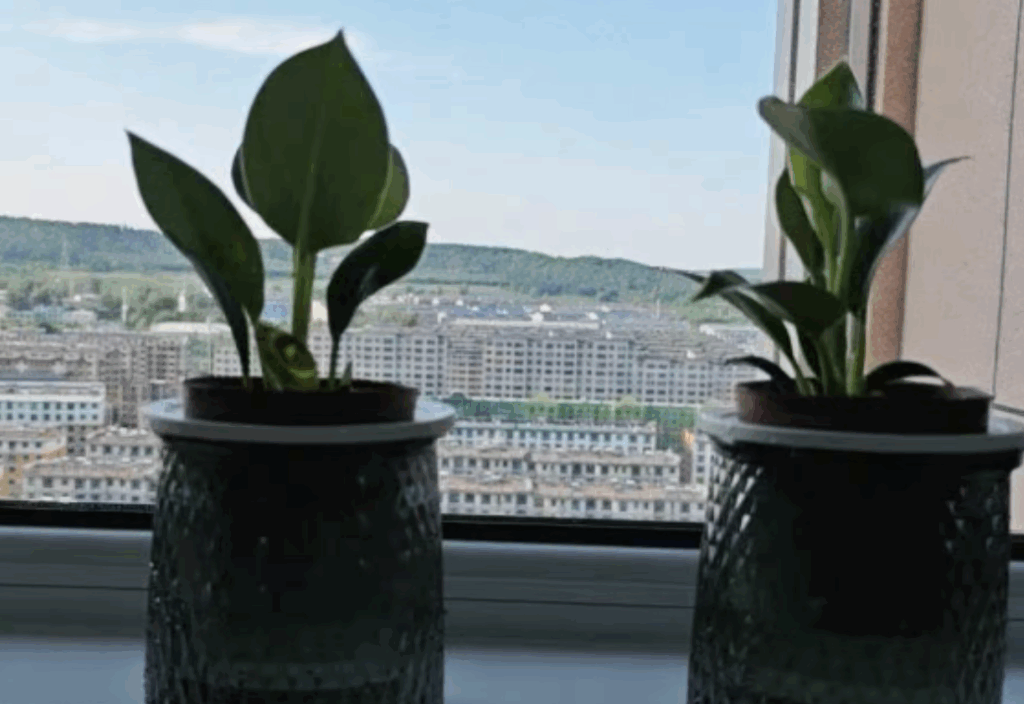
There are several reasons why new leaves on a Phalaenopsis orchid may be smaller:
Different Growth Stages: The old leaves have completed their entire growth cycle, while the new leaves are still developing, much like the difference between a teenager and an adult.
Environmental Adaptation: Especially for orchids recently brought home, they need time to adjust to the new environment. The new leaves may be smaller during this adaptation period.
Seasonal Changes: Spring and autumn are the peak growing seasons for orchids, and leaves grown during this time are usually larger. In contrast, leaves grown in summer or winter may be smaller.
While in most cases this is normal, the following situations could indicate a problem:
Multiple new leaves are noticeably smaller: If the new leaves are not only smaller but also yellowing or thinning, it may be a sign of nutrient deficiency.
Other abnormal symptoms: If the plant also shows signs like soft leaves, spots, or root rot, this is not just a size issue.
No new leaves for an extended period: A healthy Phalaenopsis should produce 1-2 new leaves per year. If no new leaves appear for more than six months, that’s a cause for concern.
When it comes to nutrient deficiencies, many orchid enthusiasts’ first reaction is to "fertilize immediately!" But hold on, let's do a quick check first:
Check the roots: Healthy roots should be plump and green or silvery gray. If the roots are shriveled or black, it might be due to watering or nutrient issues.
Look at the leaf color: Healthy Phalaenopsis leaves should be a deep green. If they are yellow or pale, the plant might need more nutrients.
Growth rate: Normally, it takes 2-3 months for a new leaf to fully unfurl. If the growth is particularly slow, you may need to adjust your care routine.
From my experience, to encourage healthy and full leaves on your Phalaenopsis orchid, keep the following in mind:
Watering should be moderate: Phalaenopsis prefers a "dry-wet cycle." Water thoroughly only when the sphagnum moss or bark is completely dry. Never let the pot sit in water!
Provide soft light: Bright, indirect light is best. Avoid direct sunlight as it can burn the leaves.
Fertilize lightly: During the growing season, fertilize every 2-3 weeks with a diluted orchid fertilizer, ideally at half the concentration suggested on the label.
Maintain stable temperatures: A temperature range of 18-28°C is ideal. Avoid sudden temperature fluctuations, and don’t place the plant near heaters in winter.
Good ventilation is key: A humid environment can lead to diseases, but also avoid placing the plant directly in front of air conditioning or fans.
If your Phalaenopsis orchid’s new leaves are small due to nutrient deficiencies, here’s how to address it:
Change the growing medium: If the medium has been used for more than 2 years, it may have depleted its nutrients. Consider replacing it with fresh sphagnum moss or bark.
Supplement nutrients: Besides regular fertilizing, you can spray foliar fertilizer, but make sure the concentration is low to avoid leaf burn.
Check the roots: If there’s an issue with the roots, take care of that first before addressing the nutrient problem, or fertilizing won’t help.
Caring for Phalaenopsis orchids requires patience! Plants grow at their own pace, so don't overreact just because the new leaves are temporarily small. Many orchid enthusiasts, in their eagerness, end up over-fertilizing and harming their plants. A healthy Phalaenopsis orchid will eventually grow leaves of the right size. Give it time, maintain a stable care routine, and it will reward you with beautiful flowers!

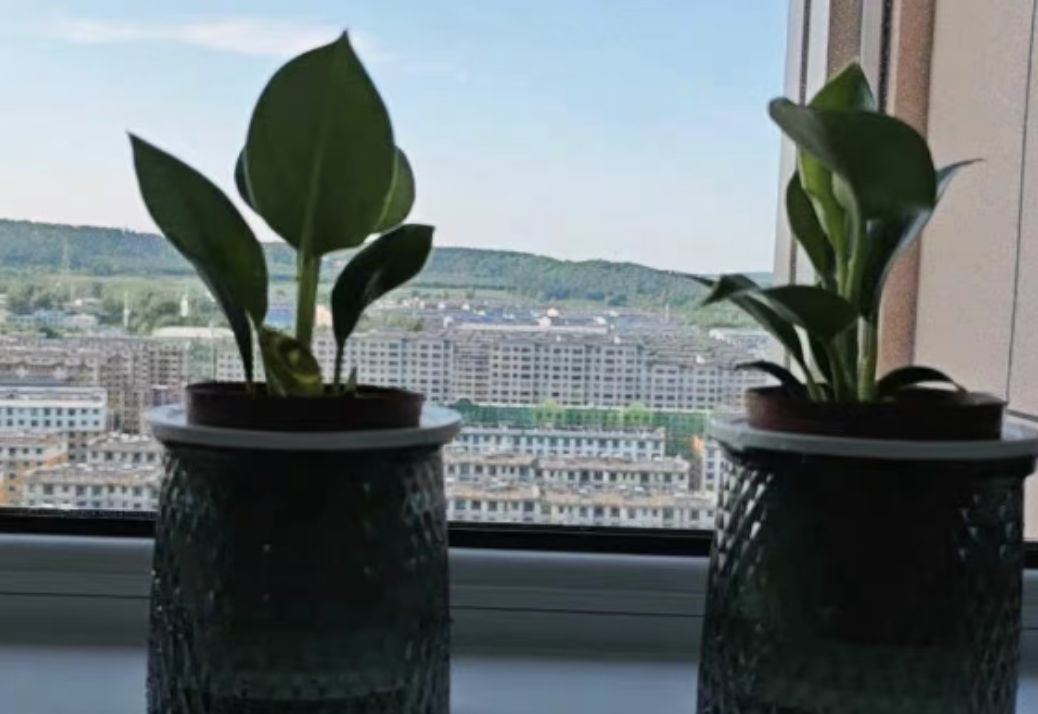
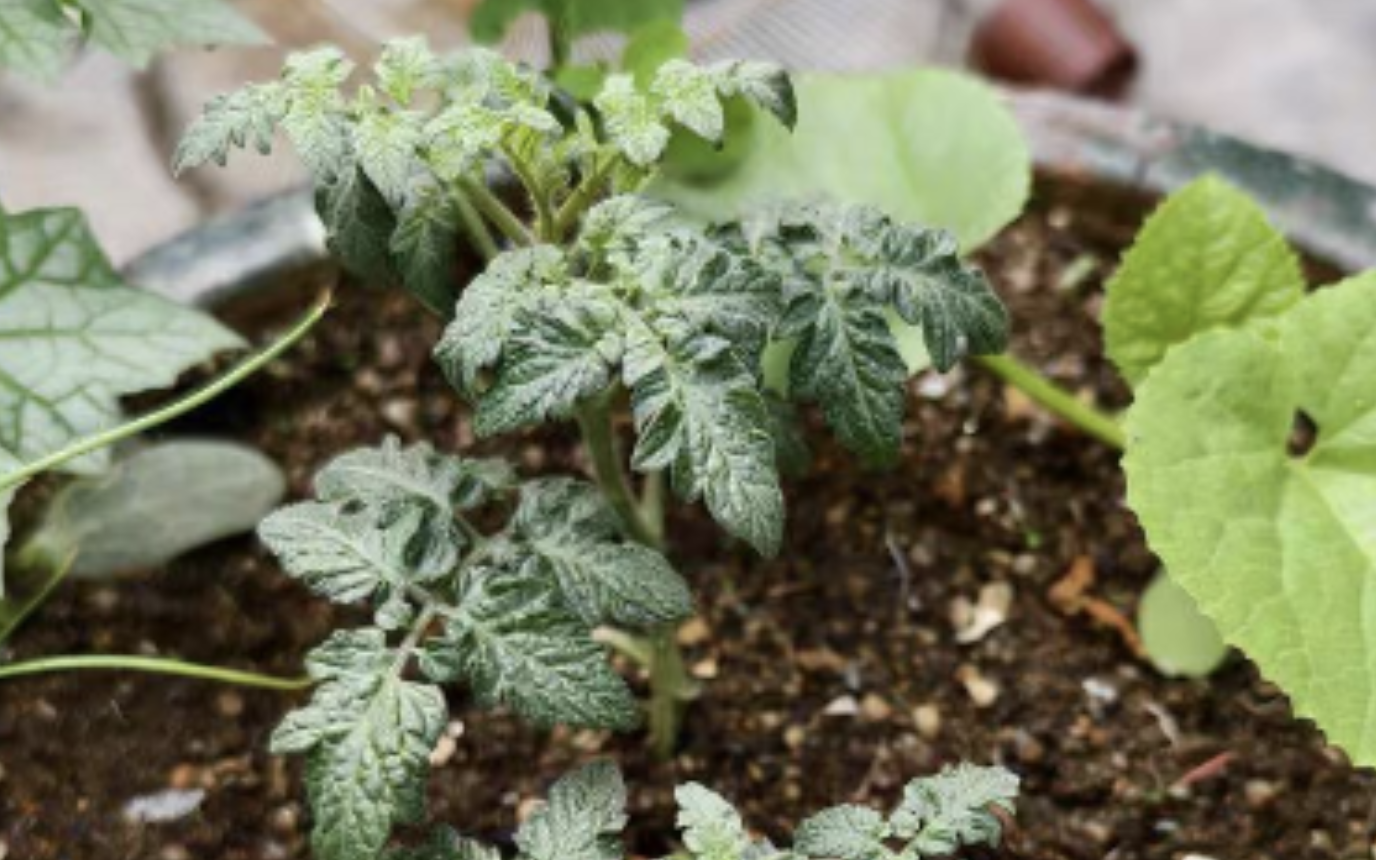
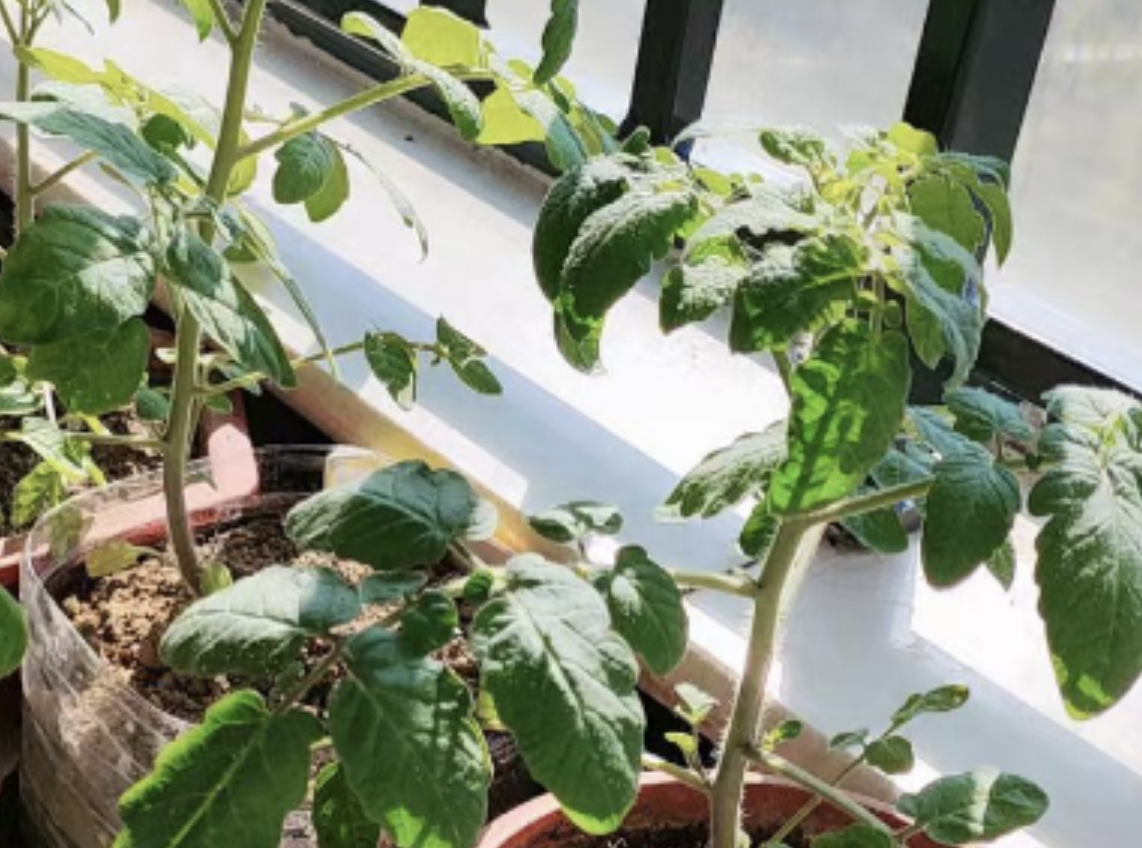
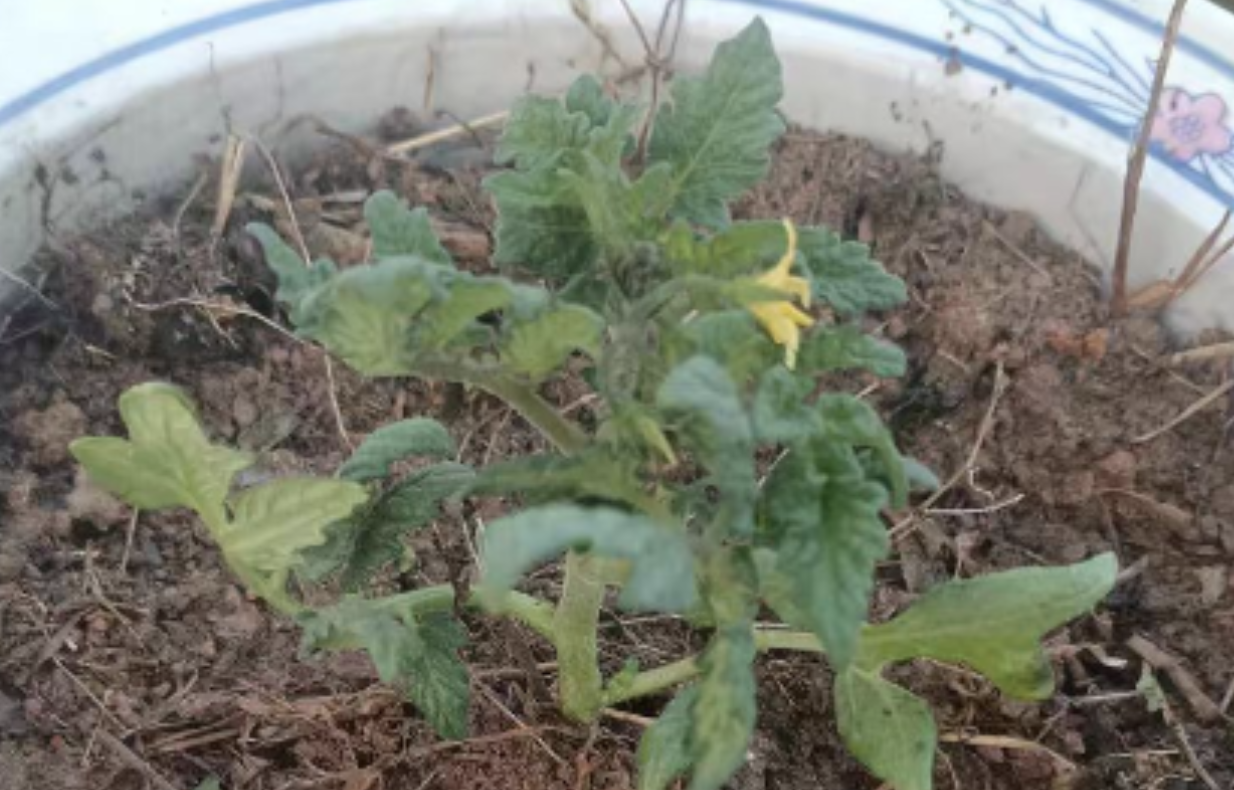
Leave a Reply